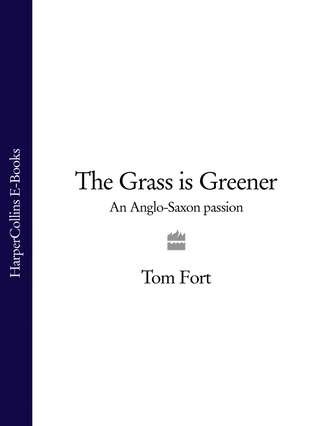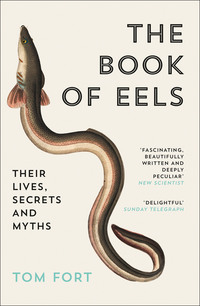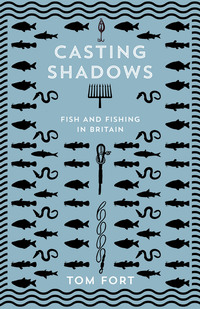
Полная версия
The Grass is Greener: An Anglo-Saxon Passion
Elsewhere in the Hartwell paintings, a view of the wilderness behind the house gives glimpses of an obelisk, a temple, a turret and something resembling an igloo. Someone is pulling a roller across the grass towards a nude ancient with huge buttocks, while his fellow is gathering up more cuttings. In the distance, beyond a hedge, a flock of those useful animals dubbed the ‘fleeced foragers’ by William Mason are foraging. Another view shows foragers both fleeced and uddered a-nibble. In the foreground grass is being heaped by two-legged beasts of burden next to a pair of pensive gods. The lawns sweep right up to the walls of the mansion, the front door opening on to the bowling green, upon which the idle rich are at play. The green is enclosed by grass slopes, surmounted by dark barriers of evergreen.
There is another painting of Hartwell, executed twenty years later, in 1757, by a hand other than Nebot’s. By now the topiary has been dug up, and the Octagonal Pond has been replaced by a lake of more ‘natural’ aspect. The classical statues have clearly been breeding. What has not changed are the roles. The gentry and their ladies are still sauntering about murmuring pleasantries to each other, while to one side or the other the peasantry sweat in a silence disturbed only by the swish of the scythe blade or the rasp of sharpening stone on metal. And the smooth, green turf, so soothing in appearance, so insistent in its demands, stretches away as it ever did, and does to this day.
The Hartwell paintings give an idea of how they tended the stuff. But how did they grow it? To lay down the vast expanses required by the Brownian system was a mighty undertaking. The records at Chatsworth in Derbyshire – where Brown was at work in the 1760s – tell us that, having swept away the formal terraces and parterres to the east of the house, he had the ground sown with hayseed, and then left it to its own devices. But there was at least one famous garden creator who did take a closer interest.
A visitor to Painshill, near Cobham in Surrey, wrote in 1769: ‘The general scheme of Mr Hamilton’s garden … is a great Lawn, supposed 200 acres, spotted with trees and surrounded on two sides by Pleasure Grounds.’ The Honourable Charles Hamilton, youngest son of the sixth Earl of Abercorn, organized the making of that lawn himself, and described how it was done in a letter to the Duke of Leinster. These were the essentials:
Cleansing the ground thoroughly from weeds, and laying it down smooth; if any ground was very foul, I generally employed a whole year in clearing it, by ploughing it sometimes five, but at least four times, and harrowing it very much after each ploughing, first with an Ox Harrow, then with small Harrows; this harrowing brings up all the couch grass and weeds to the surface; which after every harrowing I had raked up in heaps and burned … to make the ground even I made them plough the ridges into furrows … then harrow across the ridges … I set a few men to work with spades to beat about some of the loose earth.
Конец ознакомительного фрагмента.
Текст предоставлен ООО «ЛитРес».
Прочитайте эту книгу целиком, купив полную легальную версию на ЛитРес.
Безопасно оплатить книгу можно банковской картой Visa, MasterCard, Maestro, со счета мобильного телефона, с платежного терминала, в салоне МТС или Связной, через PayPal, WebMoney, Яндекс.Деньги, QIWI Кошелек, бонусными картами или другим удобным Вам способом.




